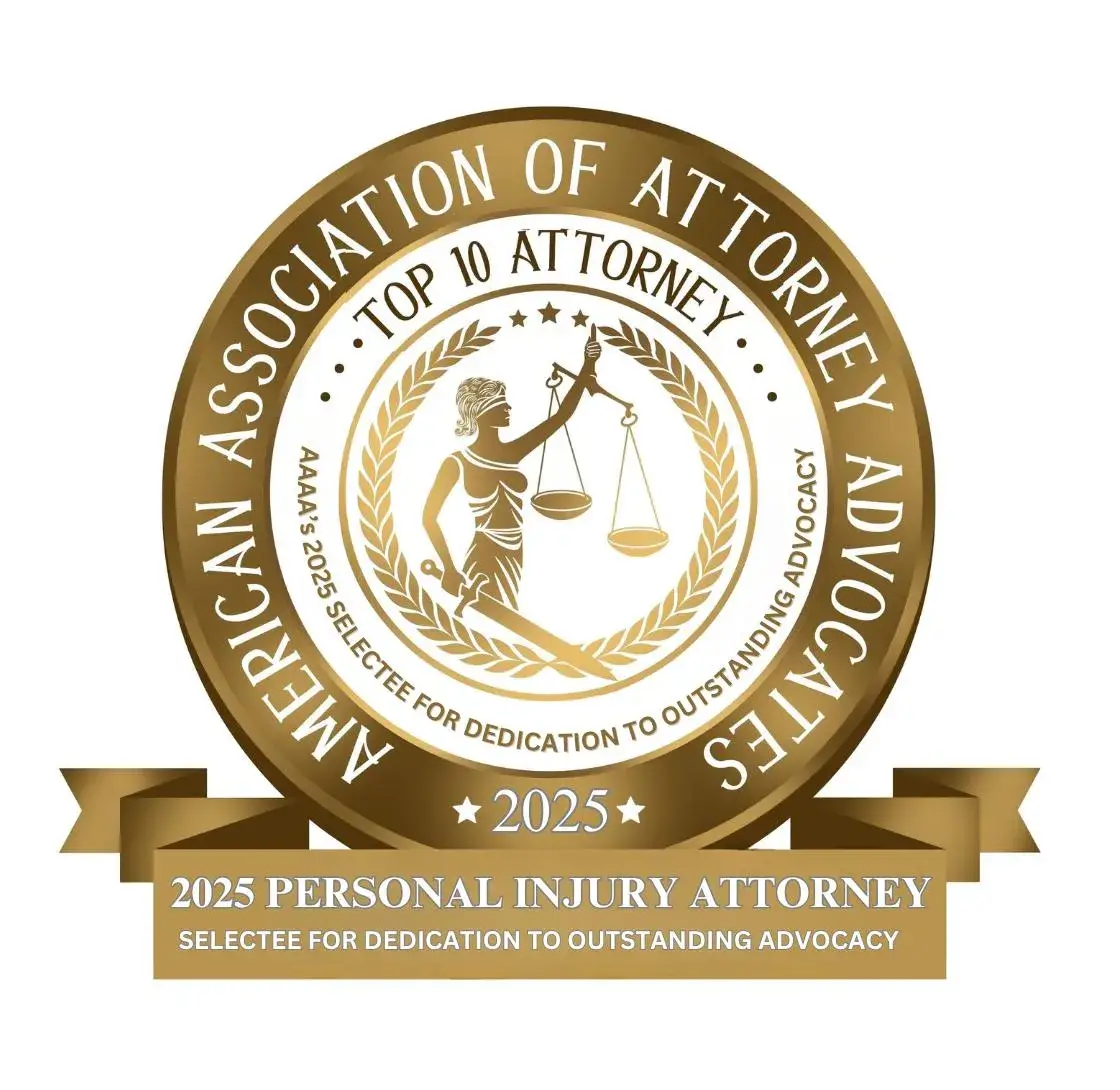OSHA Injury Reporting Results
Since January 1, 2015, The Occupational Safety & Health Administration has required that employers report any severe work-related injuries. Some examples of these accidents include hospitalization, amputation, or loss of an eye. Within 24 hours, an employer must make the report. This was seen as a good method to track how many accidents are happening each year in the workplaces across our country.
An amputation, according to OSHA, refers to anything that is the traumatic loss of all or part of a limb or other external body part. This includes fingertip amputations with or without bone loss, medical amputations, and body parts that have since been reattached. Of course, if a fatality occurs, this must be reported as well by any employer who provides the day-to-day supervision of the worker. The only time that an employer does not have to report an event is if it resulted from a motor vehicle accident on a public street or highway, on a commercial or public transportation system, or involved hospitalization for diagnostic testing or observation.
The point of the reporting procedures was not to pin blame or to punish employers; no, it was meant as a way to help the OSHA agency engage with employers and focus resources where needed as far as safety issues are concerned.
Results
So, what were the results ever since these reporting requirements were implemented? During the first year of the requirement, employers reported 10,388 severe injuries, which included 7,636 hospitalizations and 2,644 amputations. What does this tell us? That more safety procedures and precautions must be implemented and followed?
In the majority of these injury cases, OSHA personally asked employers to conduct their own incident investigations and propose remedies to prevent future injuries, whether this is more on-the-job training for employees or more equipment safety training. OSHA made sure to provide these employers with the most up-to-date guidance materials to assist them. These investigations are known as Rapid Response Investigations, and are a problem-solving approach that invites the employer and an area OSHA expert to work together and work toward fixing work hazards as well as making the workplace a safer place. However, in some cases, the circumstances were severe enough to warrant a worksite inspection.
The Assistance Secretary of Labor for the Occupational Safety and Health Administrator commented, “In case after case, the prompt reporting of worker injuries has created opportunities for us to work with employers we wouldn’t have had contact with otherwise.” This means that thousands of workers are receiving a much safer and healthier workplace, all thanks to the reporting system. One example of this was a warehouse in Chicago where a conveyor loaded with liquid chocolate started up suddenly while the worker was cleaning it. Her arm was pulled in and she received a plate and skin grafting for her injuries. Because of the prompt reporting, the employer was able to remedy this hazard by installing metal guards to shield workers’ arms and hands from moving machinery.
As the 2015 results were evaluated, it was found that the requirement met its goals of helping OSHA focus their resources where needed. In the future, OSHA hopes to continue evaluating the program and making changes to make sure it is most effective for all. Making resources available will benefit all employees as well as their employers. Workplace injury prevention is the best way to keep employees safe as necessary.


















